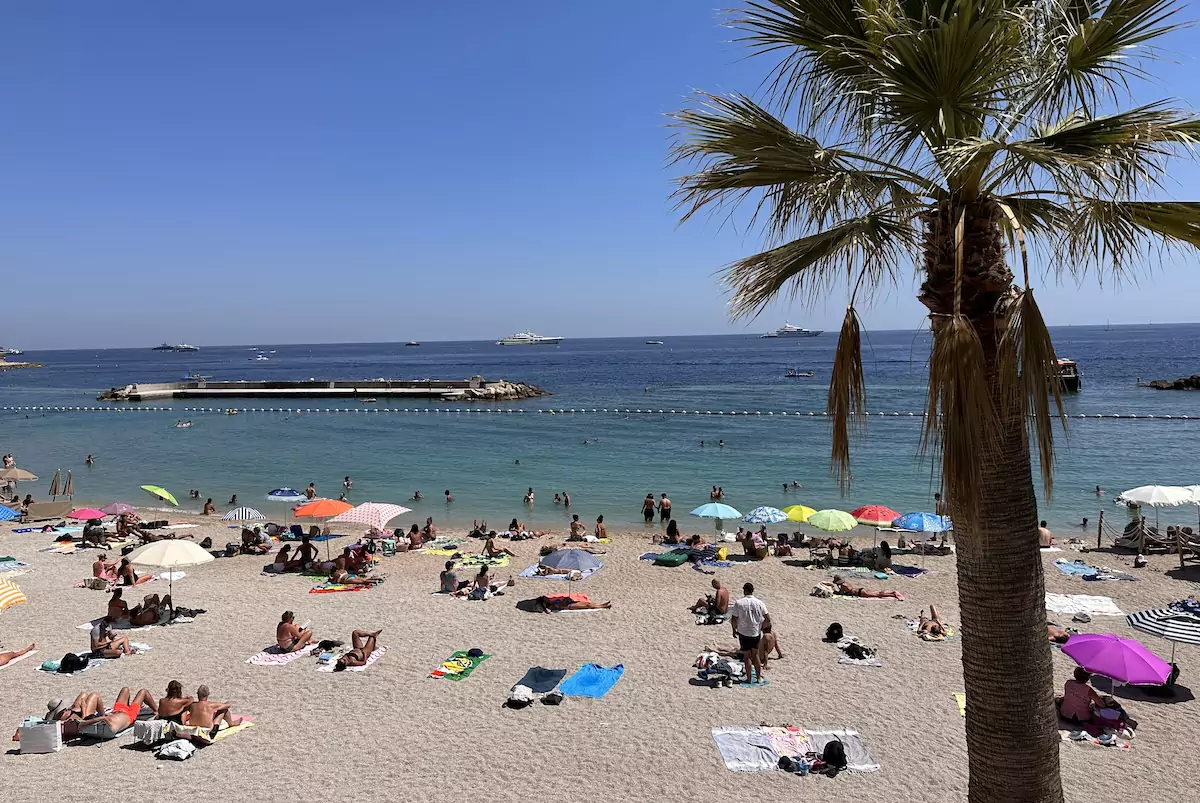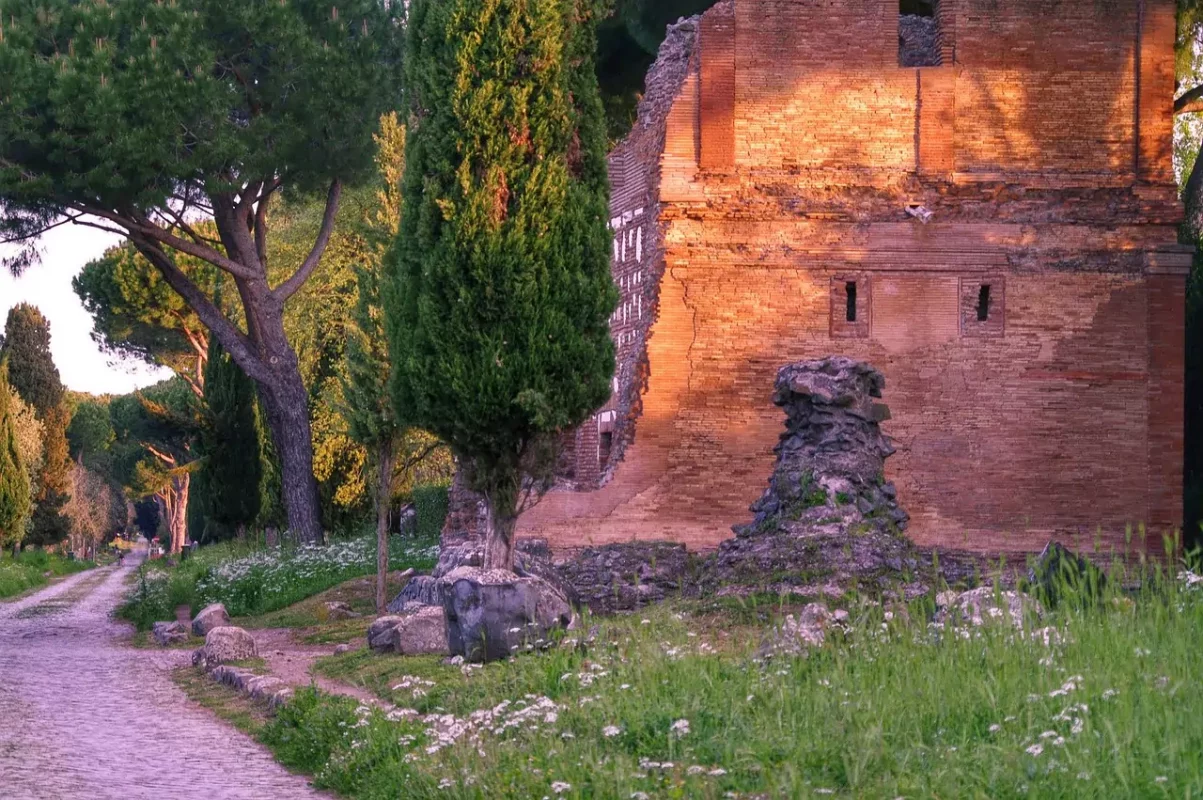As temperatures soar to sweltering heights, the Monaco Health Department is calling on residents to stay vigilant. The current heatwave sweeping through the Principality brings with it serious health risks, including heat stroke and dehydration, affecting people of all ages and activity levels.
With temperatures remaining in the low 30s for the next few weeks, barely dropping below 25°C during the night, and with high humidity, Monaco and the French Riviera are now sweltering through a heatwave.
To ensure the public remain safe during this period of extreme heat, health authorities in Monaco have issued the following helpful tips and information.
Health risks associated with extreme heat
The body’s response to high temperatures differs with age. For the elderly, reduced sweating capacity makes it difficult to maintain a stable body temperature of 37°C. As a result, body temperature can rise, leading to heat stroke (hyperthermia), characterised by a body temperature above 40°C and altered consciousness.
For children and adults, the body compensates by sweating profusely to stay cool, which can lead to dehydration due to water loss. Pregnancy, certain illnesses, and the use of specific medications can also exacerbate the adverse health effects of extreme heat.
Preventive measures during heatwaves
Simple actions can prevent heat-related accidents, especially at the beginning of a heatwave. Authorities say that preparation before experiencing symptoms, even if they seem minor, is essential.
To protect yourself during the hottest hours, avoid going out between 11am and 5pm. If possible, take a siesta in a cool place. Refrain from engaging in strenuous outdoor activities such as gardening or DIY projects. Wear a hat and light, loose-fitting, light-coloured clothing. Keep your home cool by closing windows and shutters during the day and opening them in the evening and at night if it’s cooler.
Hanging a damp cloth in front of an open window can also help cool the air. If the indoor temperature exceeds 32°C, a fan may not be effective as it moves air without cooling it and can increase dehydration. Watering your terrace or balcony in the evening after sunset, especially those facing west, can also help maintain a cooler environment. It is also important to ensure that your refrigerator is functioning properly to keep your food and drinks cool.
To stay cool, take regular cool (not cold) showers or baths. Frequently dampen your skin with a mist sprayer or a wet washcloth. Spending two to three hours a day in a cool place such as a shopping mall, cinema, or public building can also help you stay comfortable.
Hydration is crucial during extreme heat. Drink at least 1.5 litres of water per day and do so regularly without waiting to feel thirsty. Help elderly people, children, and infants stay hydrated as they may not recognise their need for water. Avoid alcohol, coffee, tea, sodas, and sugary drinks as they promote dehydration. Eating enough food is also important; favour cold and water-rich foods like fruits and raw vegetables. Avoid staying near heat sources like ovens to prevent further increasing your body temperature.
Consult your doctor or pharmacist for any medication use, even over-the-counter drugs, and for any unusual symptoms. Regularly update your loved ones about your condition and do not hesitate to ask for help if needed. In case of illness or if someone else is in need, contact emergency services by dialling 112.
Monaco Life is produced by real multi-media journalists writing original content. See more in our free newsletter, follow our Podcasts on Spotify, and check us out on Threads, Facebook, Instagram, LinkedIn and Tik Tok.
Photo of Larvotto beach by Monaco Life

